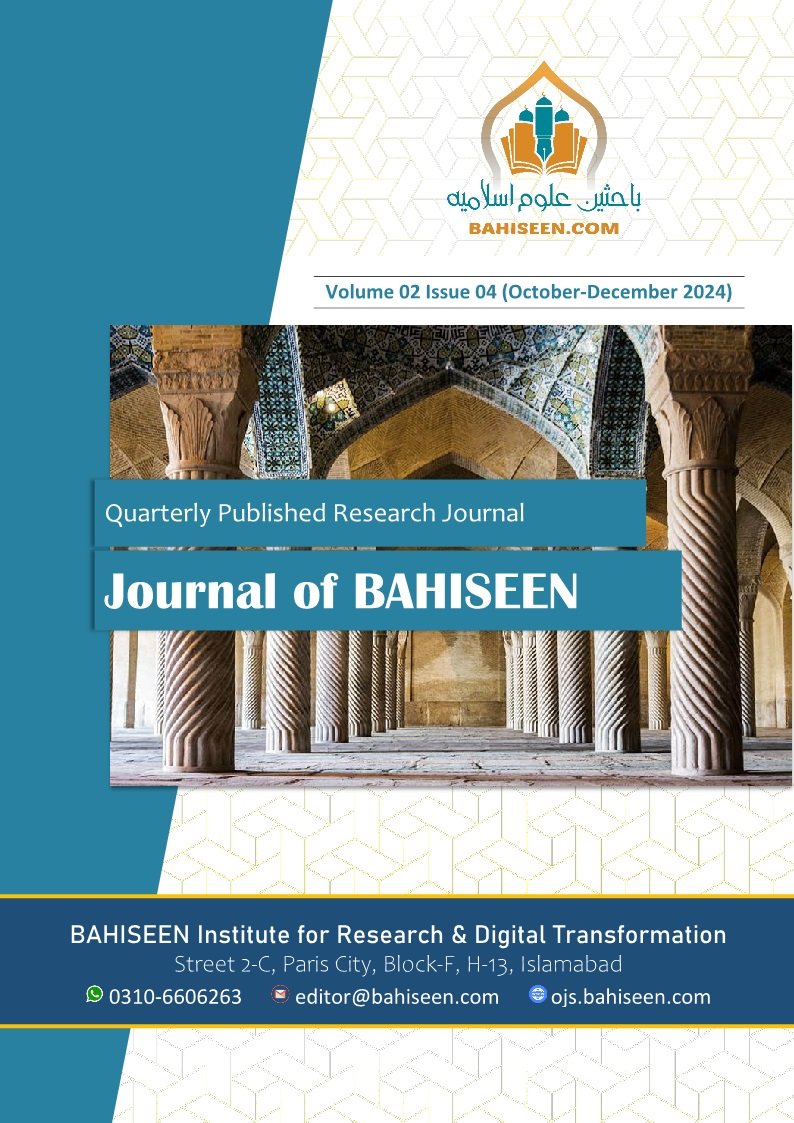سیرت نگاری کی تاریخ وتدوین اورمطالعہ سیرت و مصادرِ سیرت کا ارتقائی جائزہ
The Historical Development and Compilation of Biography Writing, along with an Evolutionary Review of The Study of Seerah And its Sources
Keywords:
Prophet Muhammadﷺ, Seerah, Hadith, compilationAbstract
There is a deep connection between the sayings and actions of the Prophet Muhammad and his life story, because both are essential for understanding his teachings. The preservation and compilation of Hadith began in the early period. And this is also the starting point of the compilation of Seerah. The work on Seerah began in the late first century.
The contributions of scholars in preserving the Seerah and Hadith are invaluable. In the early period, the noble companions (may Allah be pleased with them) dedicated their lives to safeguarding the biography of the Prophet ﷺ and the blessed Hadith. After them, the Tabi'n and Tabi' Tabi'n upheld this tradition, systematically compiling and structuring the sciences of Hadith and Seerah.
Ibn Ishaq, Ibn Hisham, Imam Tabari, and other biographers played a significant role in preserving the life of the Prophet ﷺ. Over time, research and critical analysis continued in Seerah literature, with scholars from different eras contributing new studies to ensure its preservation and advancement. Due to these efforts, today we have authentic sources of Seerah and Hadith, which serve as valuable guides in understanding the teachings of the Prophet ﷺ.





